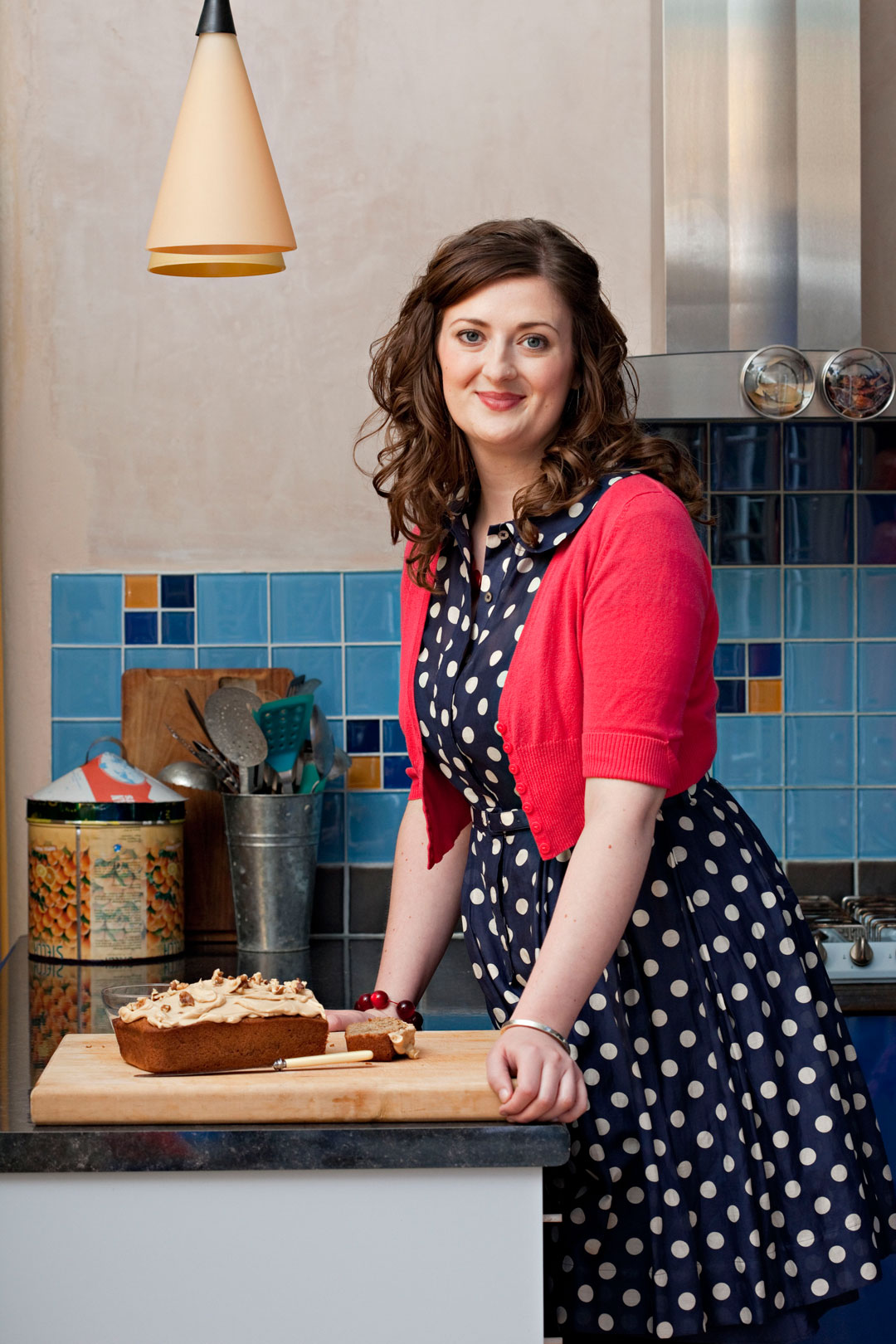
7 kitchen shortcuts from Jane Hornby
From shopping to plating up, let one of Britain’s most capable cooks share her kitchen knowledge
When you need a little back up in the kitchen, it’s always a good idea to reach for a Jane Hornby book. This highly experienced food writer specialises in creating inspiring, reliable recipes that can help anyone to become a better cook and baker. After training as a chef, she spent six years at the BBC's bestselling cookery title Good Food magazine, and more recently she has written a series of concise cookery books, including our 2019 publication, Simple & Classic.
This book doesn’t only offer 123 step-by-step recipes; it’s also packed with smaller morsels of culinary knowledge that Jane has gleaned over the years, which can help novice cooks find their feet, and allow experienced cooks to get better. Here are a few tidbits.
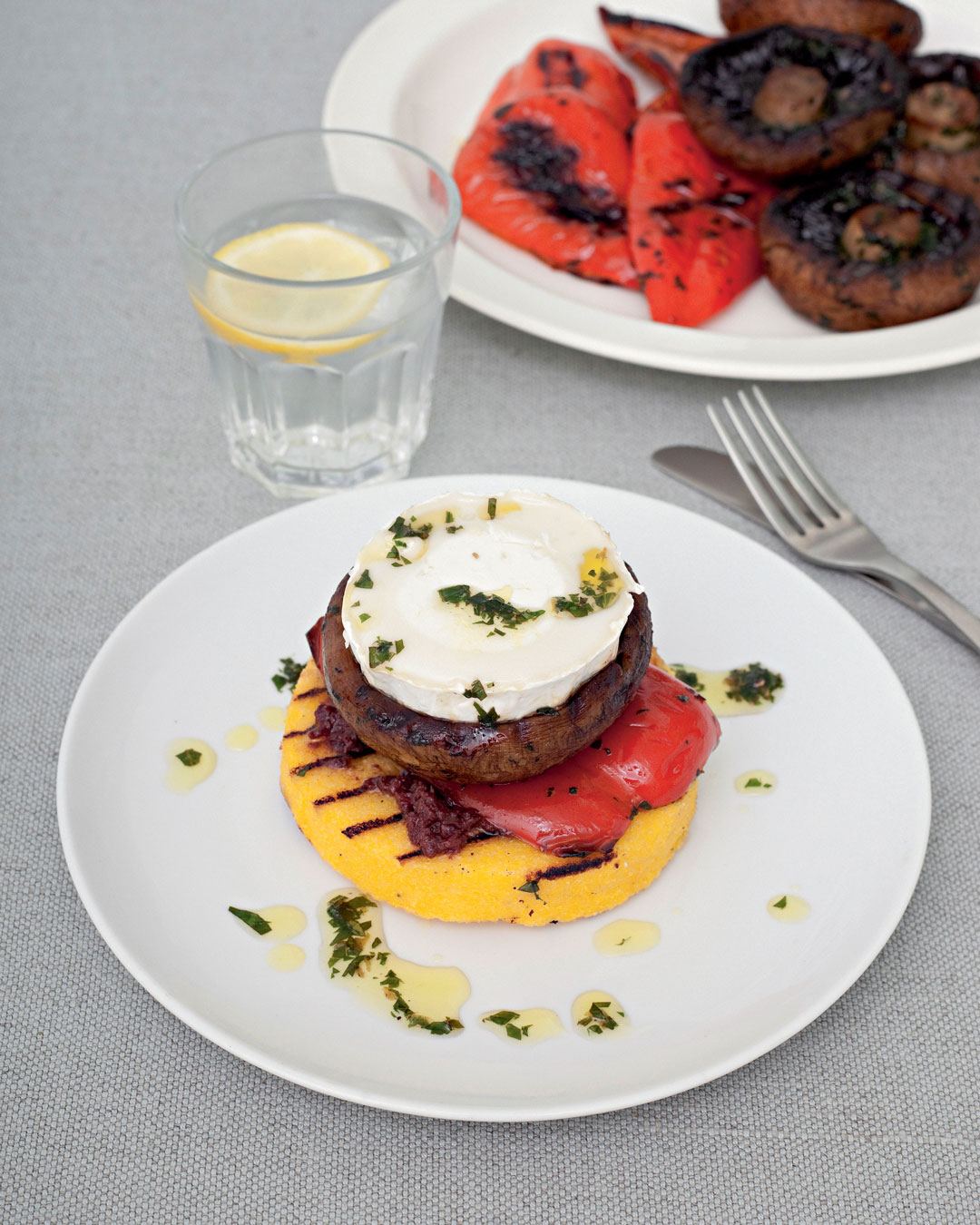
If you’re entertaining, make a menu “Whatever the occasion you’re cooking for, a few quiet minutes planning the menu is always a good idea. I always do this—nothing tricky, just checking that what I have in mind will work together, fleshing out what will be cooked and when. Even if you are just doing a couple of plates for friends on a weeknight, it can help (especially with the shopping). When it comes to what to serve with what, balance is the key word. Avoid repeating similar flavors, textures, and ingredients and remember we eat with our eyes, so colour is important, too.”
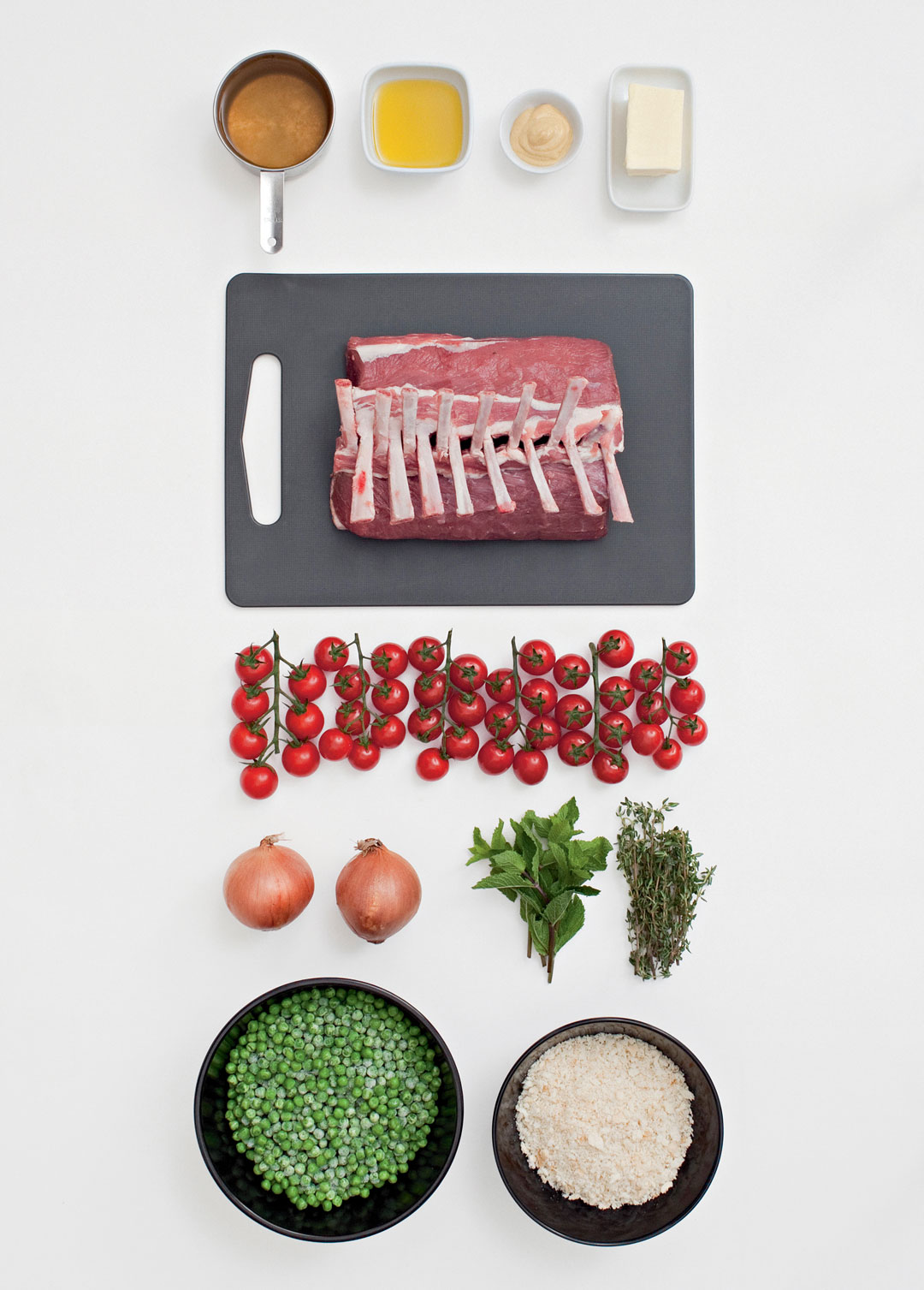
The butcher is your friend “Your butcher will prepare meat if you ask. If you need to, take a shot of the recipe you’re cooking from and show them.”
Don’t mess around with recipes too much “Unless you’re a confident cook, don’t change the ingredients in a recipe. You can always make it again once you’re familiar with it. If you do make swaps, use like for like; white sugar for brown, for instance, not honey or sweetener (in baking).”
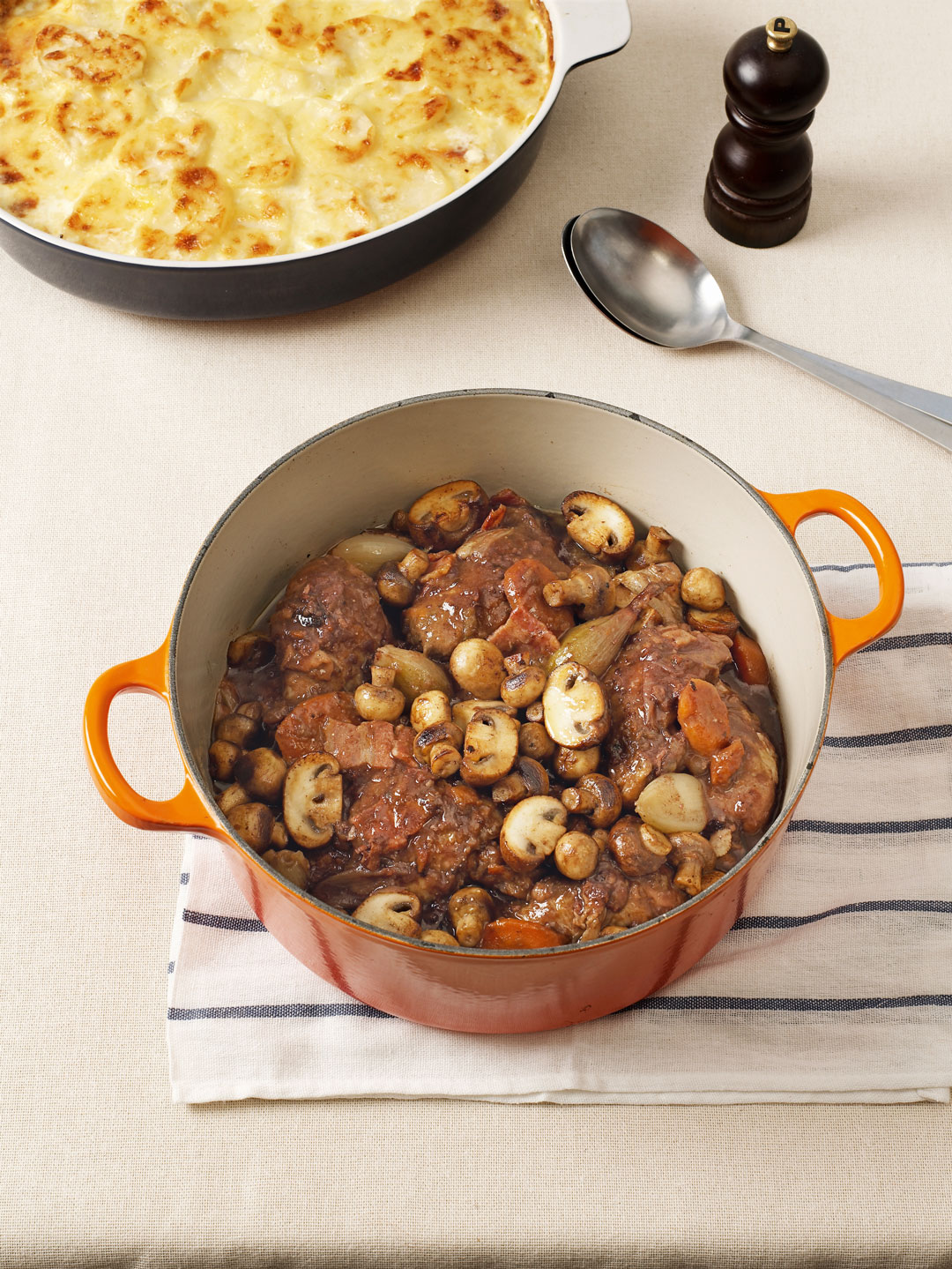
Temperature is important, even before you start cooking “Take note of the instructions alongside each ingredient. Softened butter should be soft, almost like mayonnaise from a jar. Meat should be allowed to come up to room temperature for a while or your cooking times won’t match mine. Eggs should usually be at room temperature before baking.”
Before molasses, a little oil “For thick or sticky liquids, such as molasses, I find it helpful to first very lightly oil the measuring spoon or cup and the spoon I’m using for scooping from the jar. This helps them flow out of the measuring cup or spoon and you get the right quantity in your recipe.”
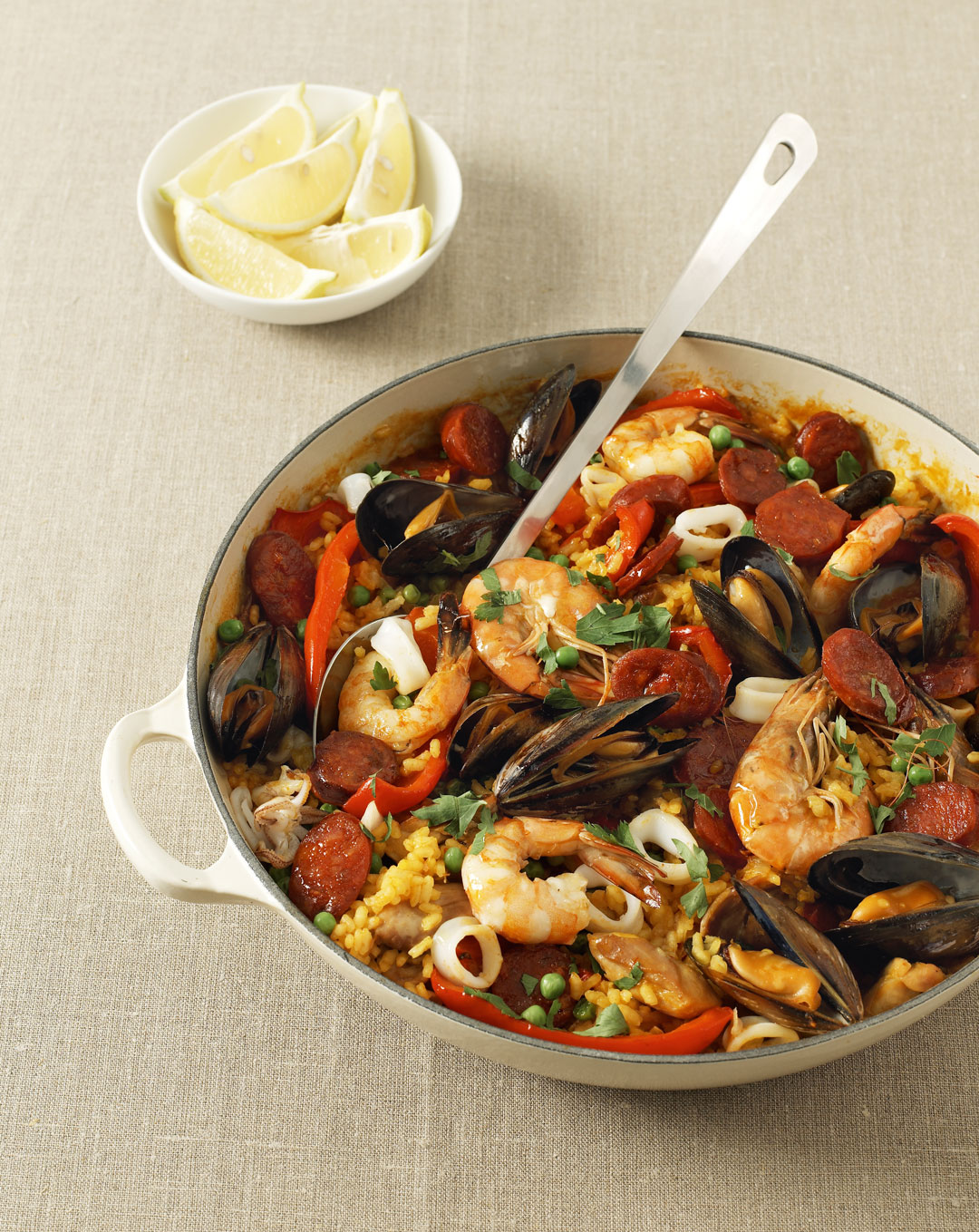
Get to know your oven “Always preheat it, and keep the door closed as you cook (although some broilers [grills] need to have the door open, so check the instructions if you’re not sure). Avoid the urge to peek in every few minutes, because it will just slow the cooking down (and possibly deflate a cake).”
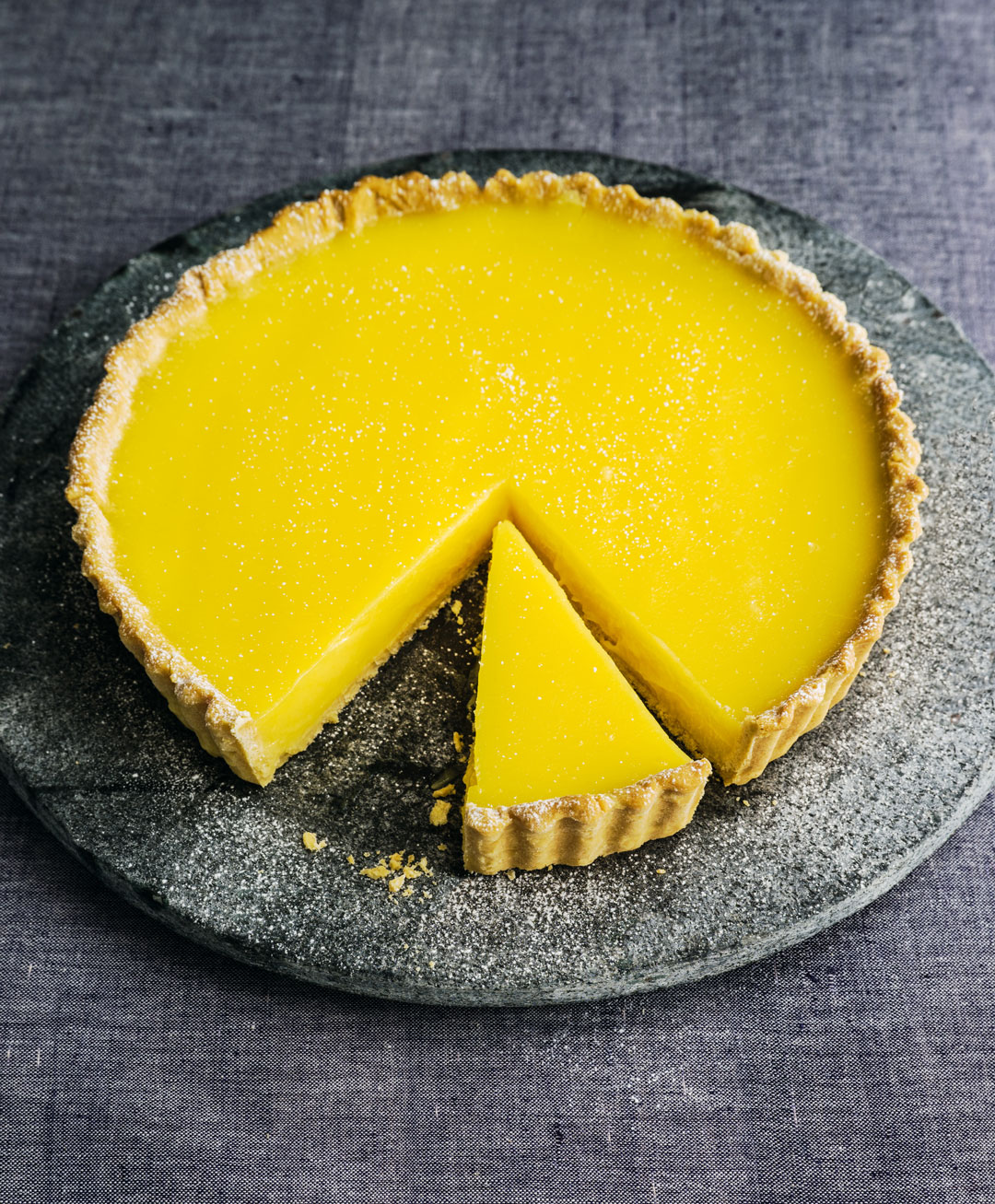
Don’t bother plating up “For me, plating up for everyone in the kitchen is best saved for really formal entertaining (basically never in my house); on the whole I like to share from the table or a cleared-down work surface in the kitchen if space is tight, buffet-style. I carve and then bring the carved meat to the table, too. Then we all get to eat at the same time, and everyone can have have as much or as little of something as they want.”
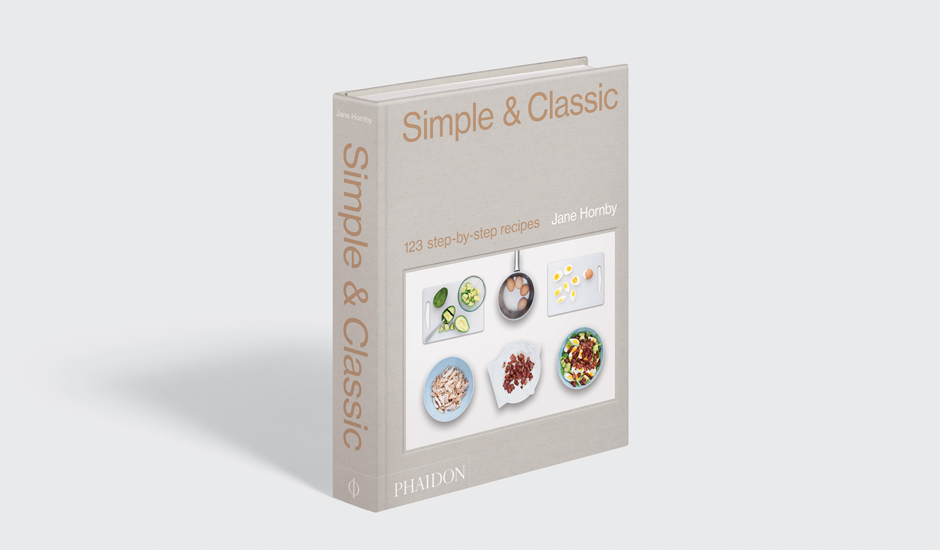
For more ideas like these and the lowdown on some wonderful dishes you can put your newfound expertise to practise on, order Simple & Classic here.